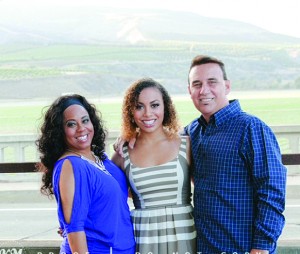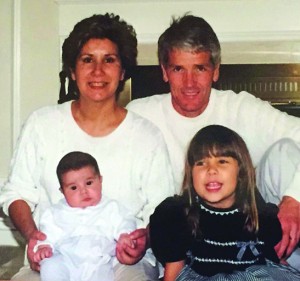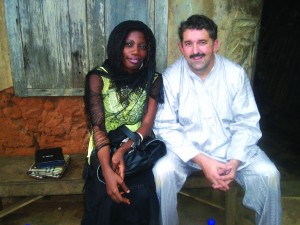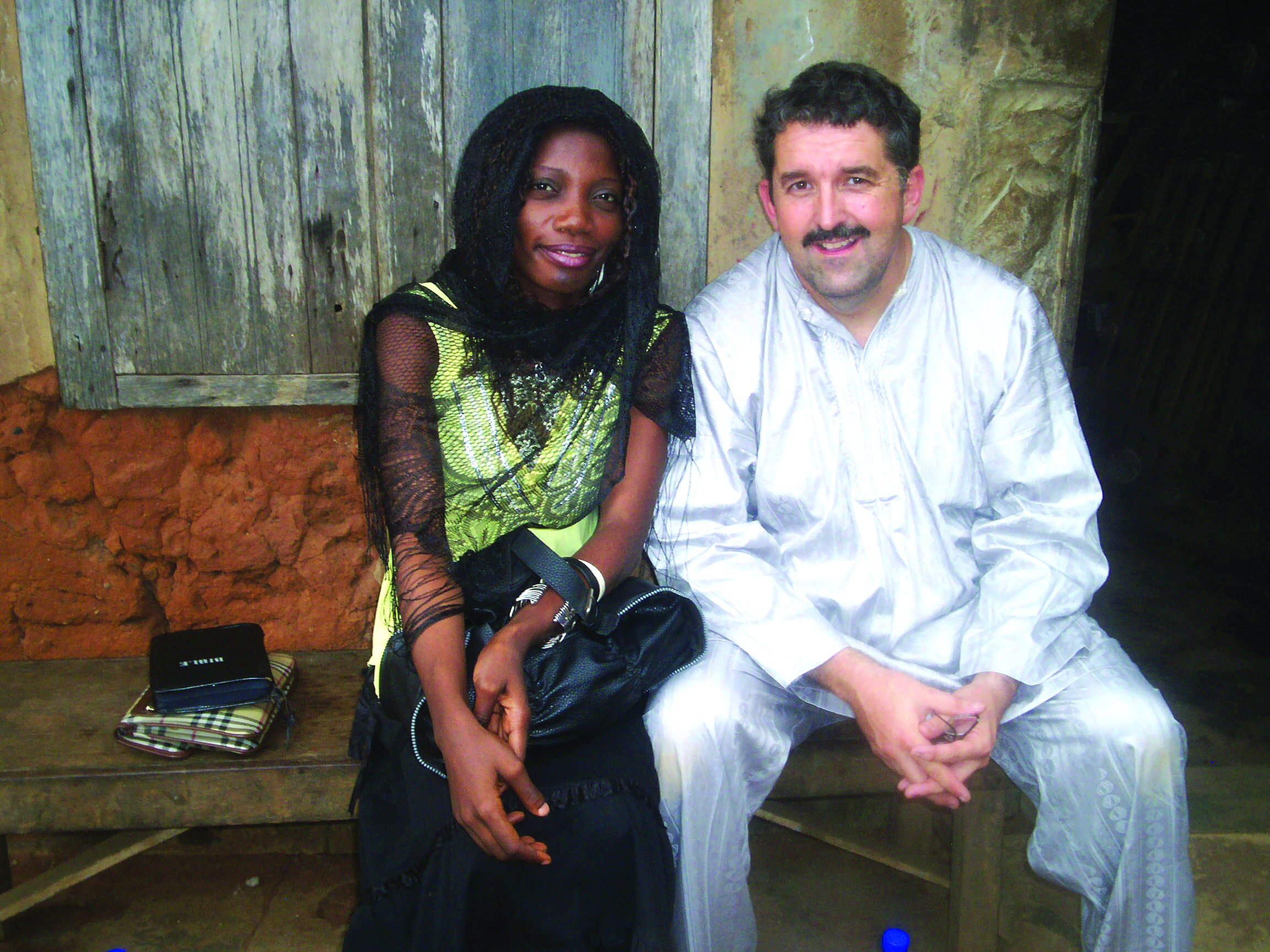Story by Olivia Williams
In Waco and on Baylor’s campus, there are many people with multi-ethnic and multicultural backgrounds. Family Fusion focuses on the benefits and struggles of living in multiracial households.
The Nowlin Family

Kiara Nowlin, a gymnast on the Baylor University Acrobatics and Tumbling team, is the proud daughter of a multiracial household. Her mother is black, Puerto Rican and Cuban, and her father is of Irish descent. Nowlin also has Native American roots among her melting pot of cultures as well.
Growing up, Nowlin lived a typical American lifestyle, but was taught to appreciate and love every aspect of who she is and where she comes from.
“The funny thing is, I’m so many different races that not one was truly focused on,” Nowlin said. “But part of my mom’s side speaks Spanish, so I took some Spanish classes to be able to converse with them growing up. And then being African American I grew up learning the history.”
Nowlin is from Oxnard, California, and she has watched her extended family’s cultures mix with many American ways of life because of where they live, just as she has in California and in Waco.
“Even where both sides of the families live is very different as far as accents go and lifestyle and the culture,” Nowlin said. “East Coast is very different from the Midwest so it’s funny.”
In addition to growing up with parents of different races, she has experienced diversity in her own relationships. For example, her boyfriend is of Western European descent, and they see interracial relationships as a positive thing.
“I definitely view it as a positive thing,” Nowlin said. “Growing up, I didn’t have friends whose parents were of different races, so I thought it was awesome. I think it makes our family so interesting. I love our dynamic.”
Nowlin takes pride in who she is and looks forward to seeing extended family and the traditions they have, like speaking Spanish or eating “soul food.” She is planning on taking a trip to Ireland with her grandfather, and she hopes to learn more about that side of her family’s journey.
The Daniels Family

Gabby Daniels’ parents met when her mother’s brother befriended Gabby’s father as they trained and competed together for Ironman Triathlon events. Her mother was born and lived in Chile until she was 30, while her father is from Kentucky.
Daniels visits her family in Chile every year, and her grandmother, who speaks only Spanish, visits for six months every year as well, bringing culture to her home in Houston.
“Cooking was always one of my favorite things,” Daniels said. “My grandmother will cook empañadas, mote, ceviche, all that type of stuff, so I love when she visits.”
Daniels has spoken Spanish her whole life, and although she finds pride in it now, she didn’t have the same attitudes at a younger age.
“When I was younger, I felt so embarrassed because we’d be in a public place and she’d speak Spanish on the phone,” Daniels said. At first, she thought it was important that her mother speak only English in America, “but now it’s weird because I speak Spanish too, and it’s different now.”
Because of her background, Daniels sees relationships like the ones her parents have as a positive thing, and she has learned to enjoy her Chilean background and culture and embrace her Hispanic roots.
“I feel like it’s a good thing for people to come from a multiracial background because it’s going to lessen prejudice if it’s harder to guess what ethnicity somebody truly is.”
The Van Gorder Family

Christian van Gorder, a professor in the religion department at Baylor, has been married to his wife Vivian for nine years. The two met while van Gorder was a guest lecturer in Nigeria, where Vivian was his tour guide.
For each side’s family, race was never an issue because they all share the same set of religious beliefs and moral values.
“When I approached my future father-in-law about the subject and said, ‘do you think it’s going to be a problem that we’re from different cultures and countries and ethnicities’ and he looked at me like, ‘well you’re both Christian, so that’s what matters.’”
They both enjoy sharing their heritage with each other and their three children, Tatijana, Gretchen and Andrew. Van Gorder grew up in Pittsburgh, and his mother was from Alsace-Lorraine, a territory on the French and German border.
To the van Gorders, teaching their children about their background takes crucial part in being who they are. They use traditions to teach their kids about their cultural backgrounds and how to appreciate them.
“It’s essential because heritage is a resource, it’s a way that they can be proud about themselves, and it’s a way they can understand themselves and that their connections are far bigger than they are,” Christian said.
For Vivian, the idea of activities was usually centered on school and church, so the American athletic programs and lessons was culturally different.
“I think it’s mostly important to understand where they’re coming from,” she said. “We will certainly let them have American cultures too, but just don’t forget where they’re from so that they value those things and have an appreciation of their family.”
“Life is never boring because we’re always learning about each other’s cultures and it’s always interesting, and we’re always learning new things,” van Gorder said. “That’s what makes our marriage wonderful. There are far more benefits than difficulties.”

